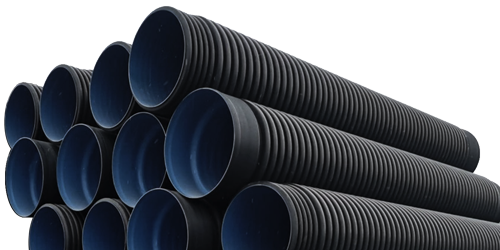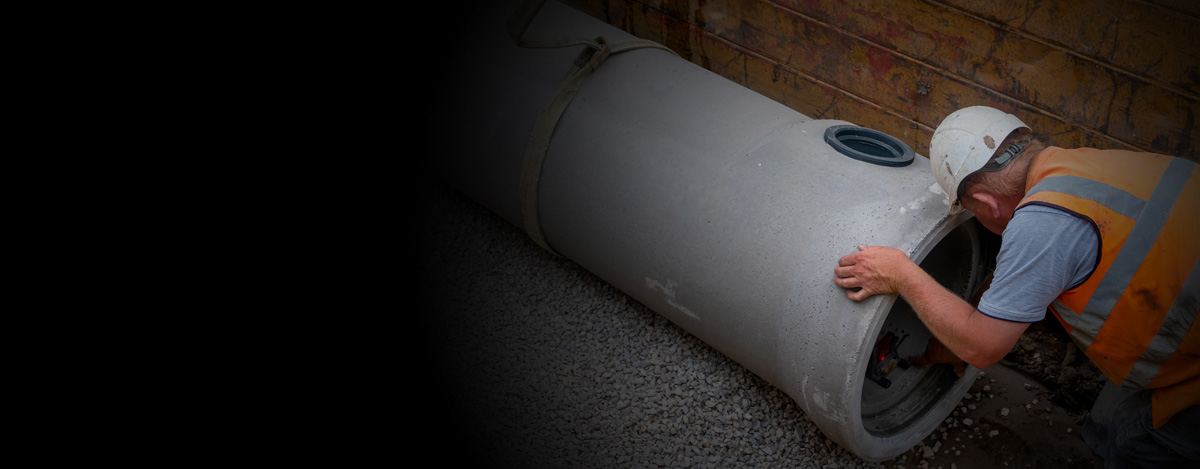Pipeline Installation 2.0 Book
Pipeline Installation 2.0 Book
NEW EDITION
Pipeline Installation 2.0 is the second edition of Pipeline Installation, which was first published in 1996. The 2015 Pipeline Installation 2.0 edition includes new chapters, more illustrations, updated content, additional topics, and links to online resources. The second edition also includes case histories related to the author’s experiences.
Pipeline Installation 2.0 is a 640 page, hard-cover book that emphasizes the geotechnical aspects of water, wastewater, stormwater, and irrigation pipe installations.
READER COMMENTS
- “I use this book frequently as the authoritative reference handbook to solve client issues”
- “Converts theory to practice”
- “I have given this handbook as gifts to many of my close engineering associates”
- “This book is a great reference for new engineers and designers in the pipeline industry”
- “I only wish that this book would have been available 15 years ago!”
- “Takes a subject often viewed as complex or challenging by many, and puts it into very easy-to-understand layman terms.”
- “A must-read for anyone involved in the installation of buried pipelines.”
- “This is a wonderful book.”
- “Chapters on density and compaction are the best I have found in any book.”
- “Easily a 5 star book!” [MORE]
SUMMARY
Pipeline Installation 2.0 covers the fundamentals of pipe-soil interaction as related to the construction of a buried pipeline. All types of pipe are discussed. From unloading the pipe at the construction site to final testing for acceptance, each step in the installation sequence is reviewed in detail.
Proper selection of soil type and compaction level for the soil support system for both rigid and flexible pipe is discussed, along with the appropriate soil testing requirements and standards. Inspection check lists are included throughout the book for use by on-site inspectors as a guide for proper installation procedures.
EMPHASIZES
A buried pipe is a soil-pipe interaction problem. The solution is the best combination of pipe strength and soil support that results in an efficient, economical, and enduring pipeline. Then, the pipeline must be constructed as designed to be successful. This book promotes proper installation practices.
TOPICS
- Uncompacted bedding
- Uncompacted padding over pipe
- Importance of compaction
- Best compaction methods
- Construction control policies and tests
- Uniform soil groups for pipelines
- Soil migration and use of geotextiles
- Poor trench walls
- Flowable fill in pipe haunches
- Flowable fill at junctions
- Native flowable fill
- Acceptance inspection methods
- Inspection check lists
- Consequences of poor installation
SEE Sample pages

